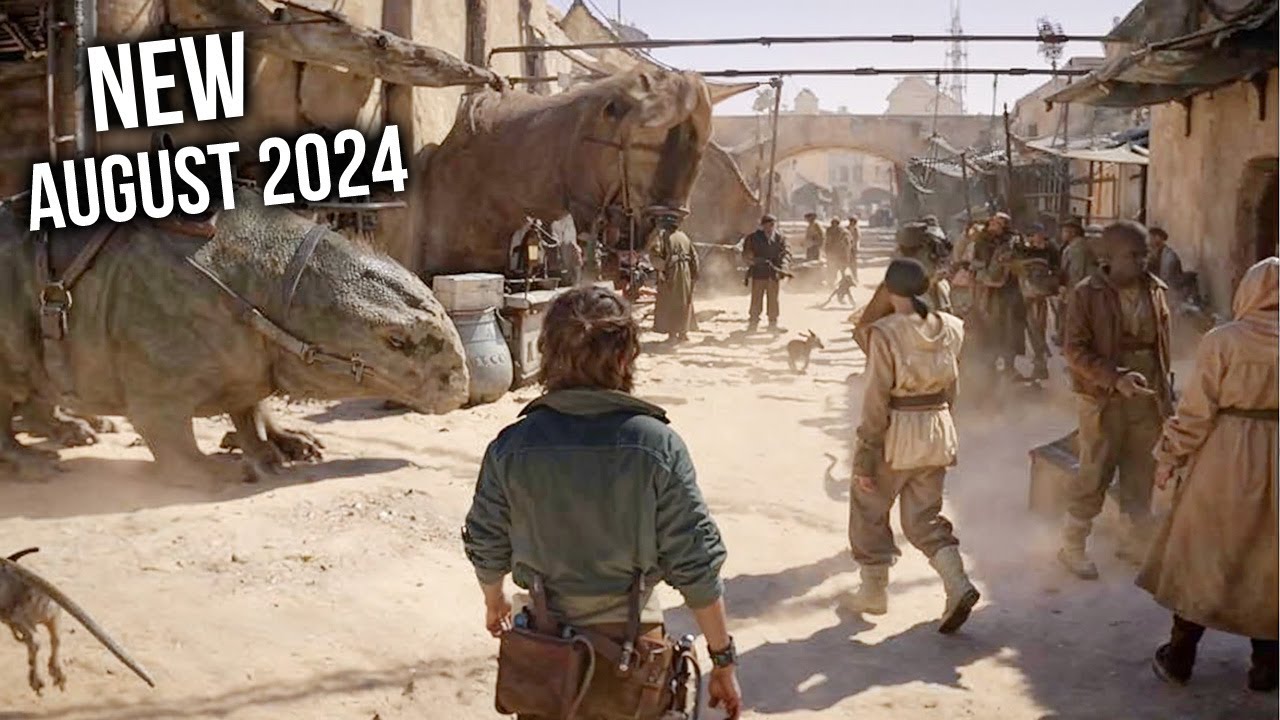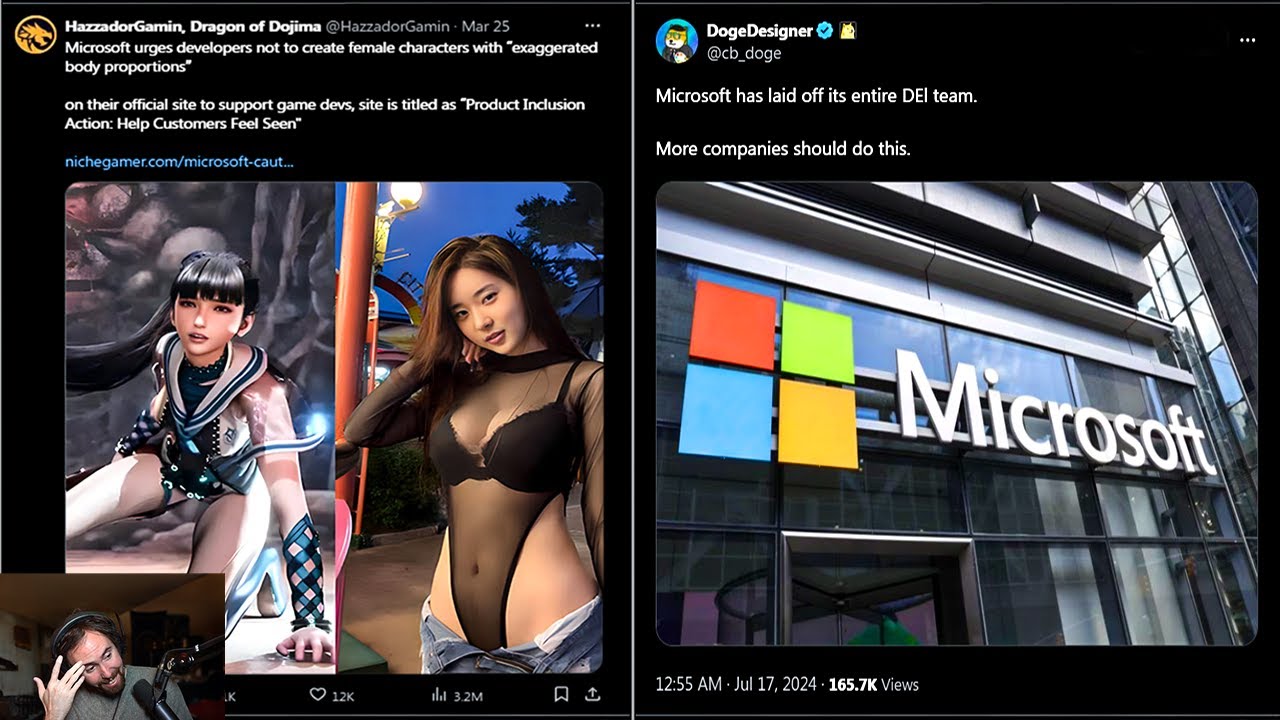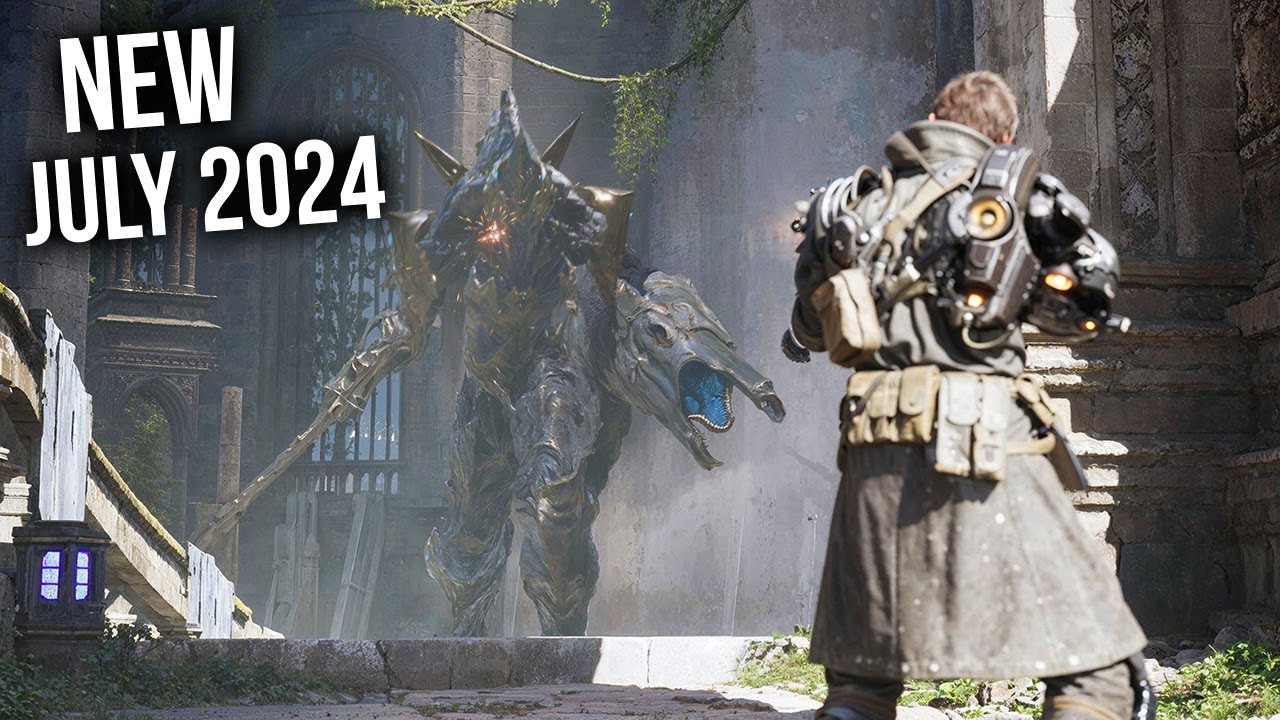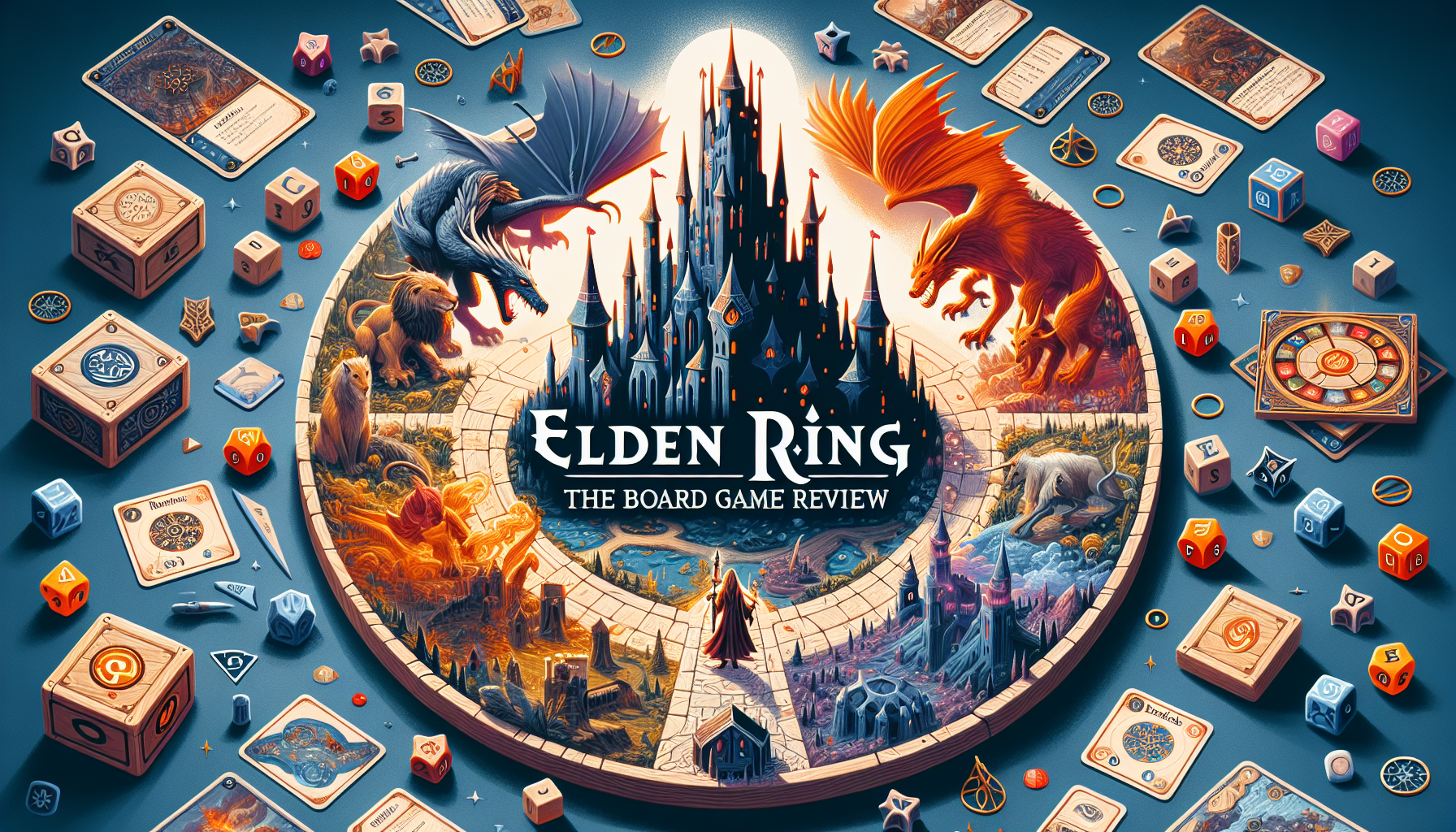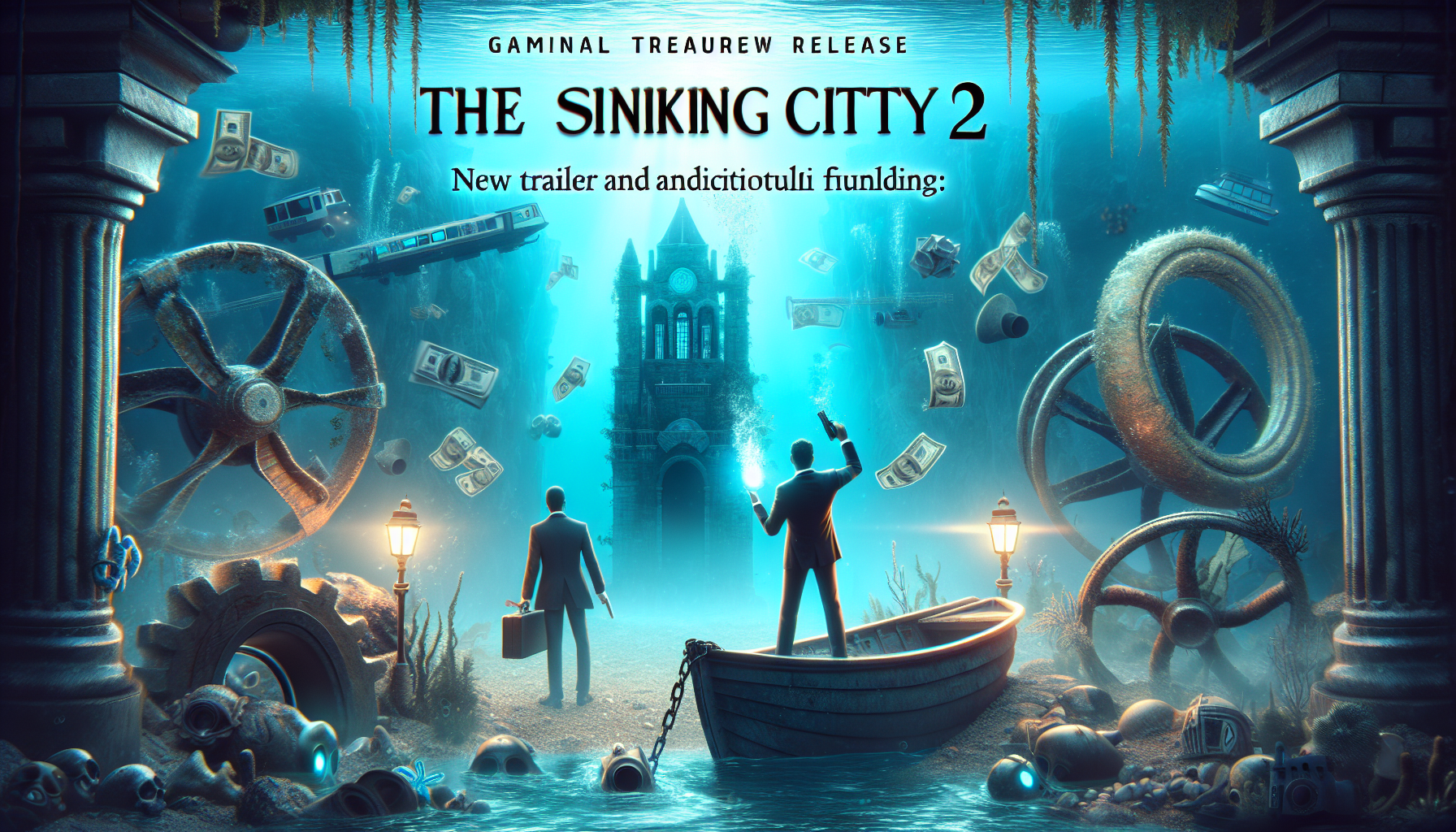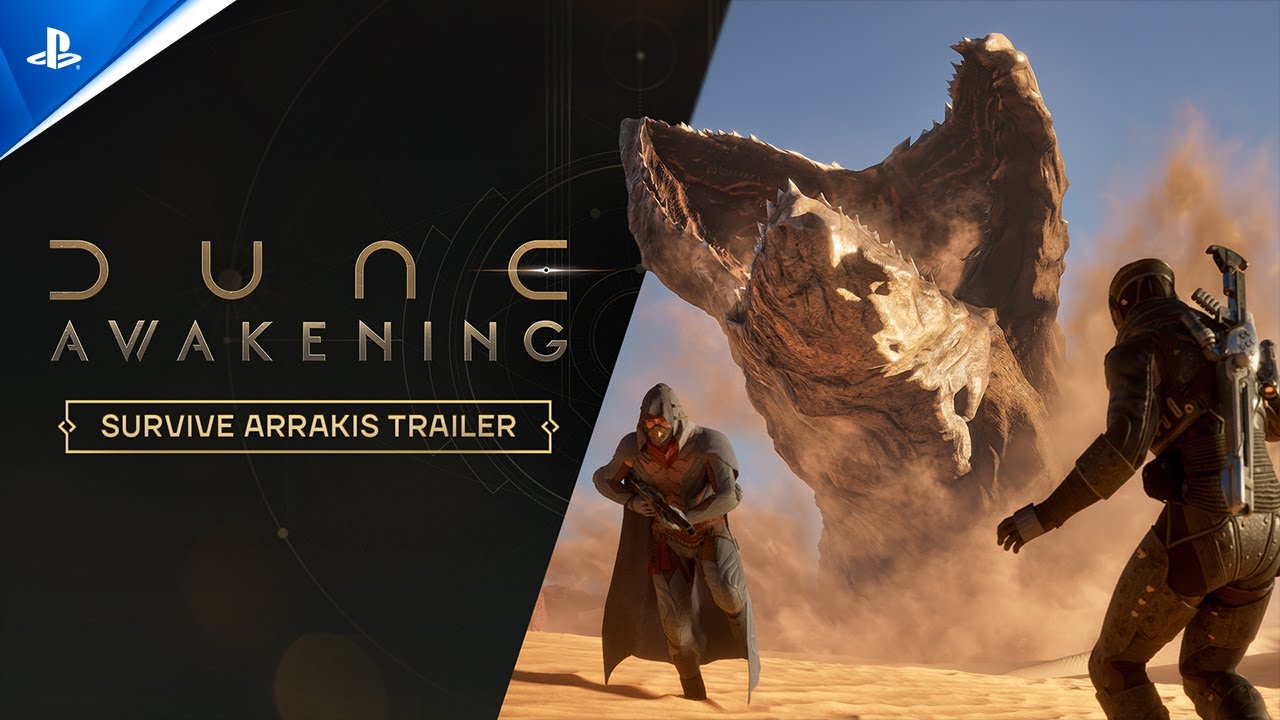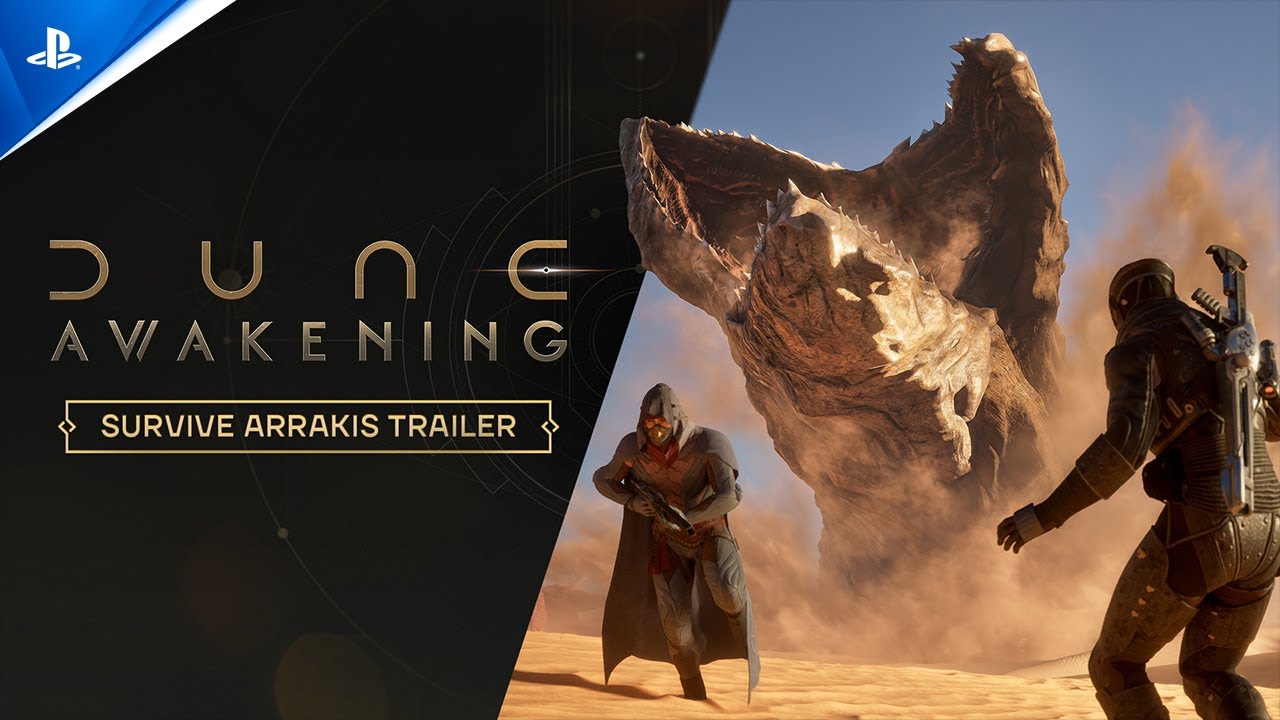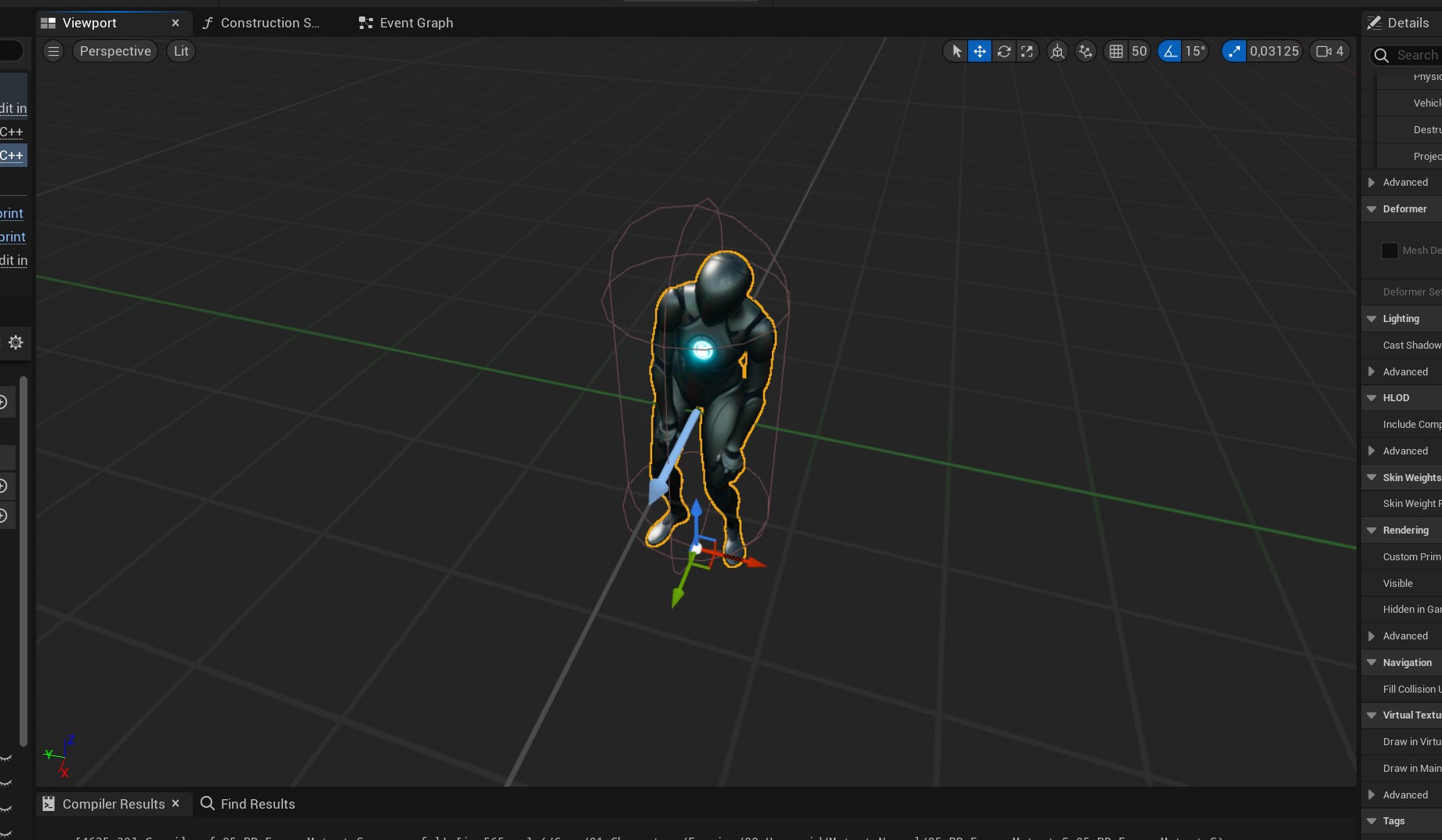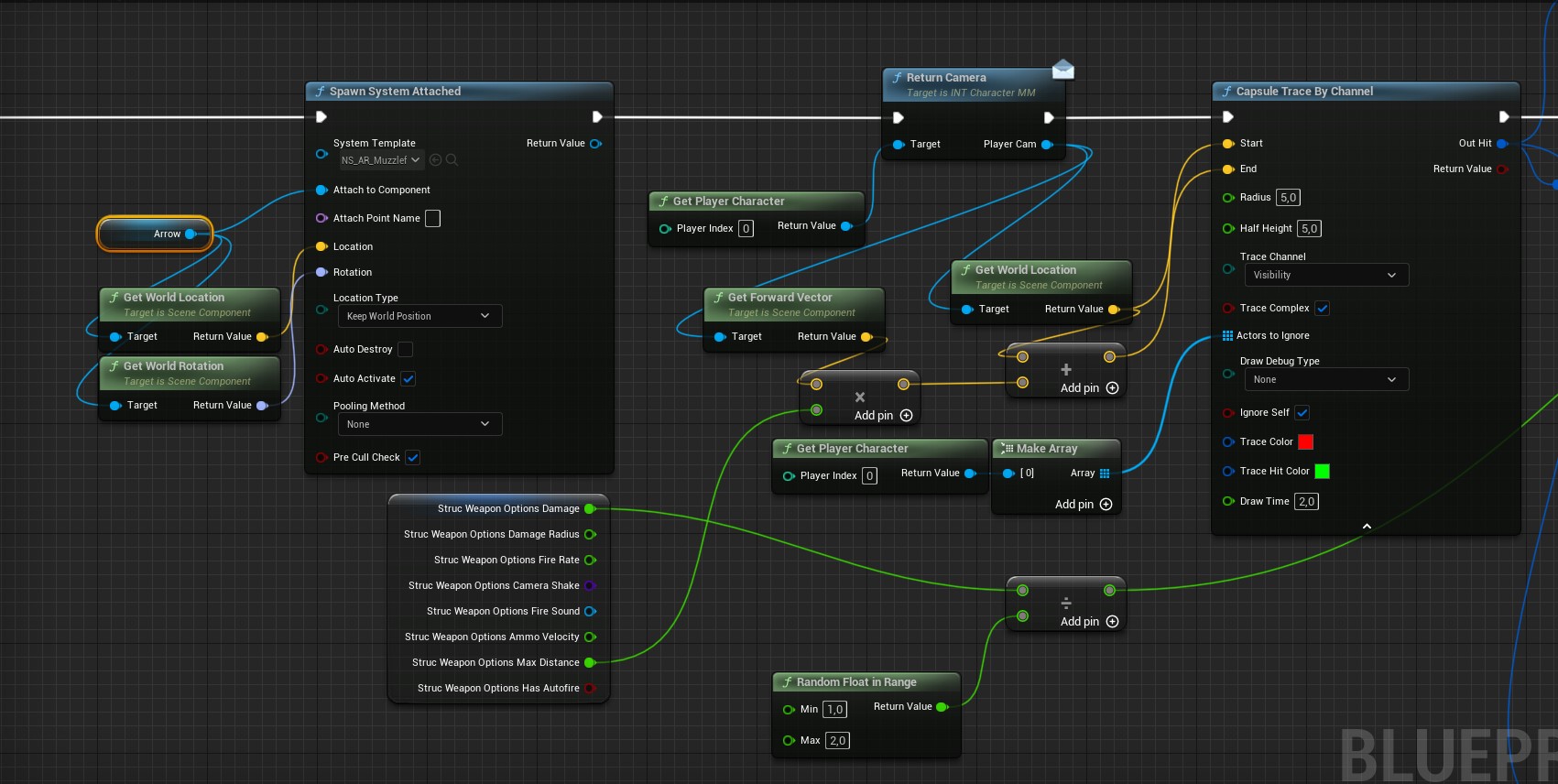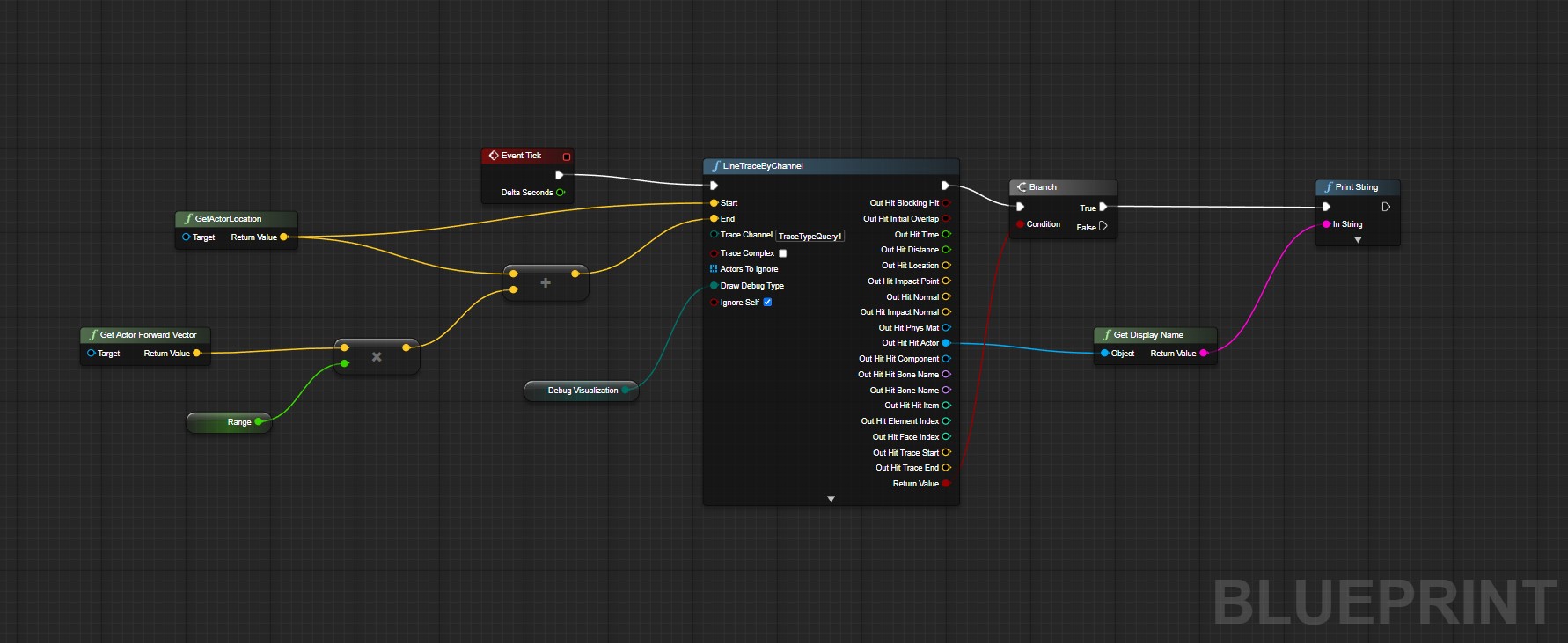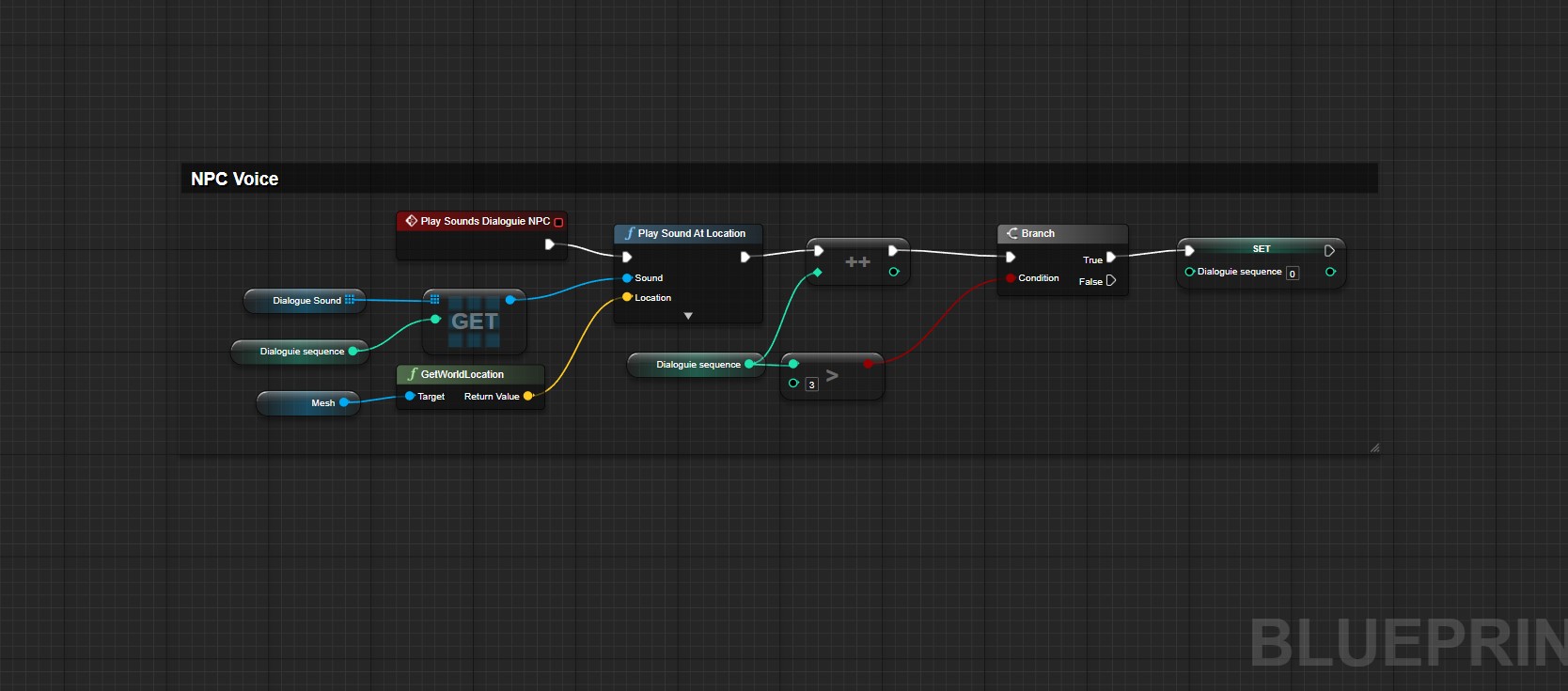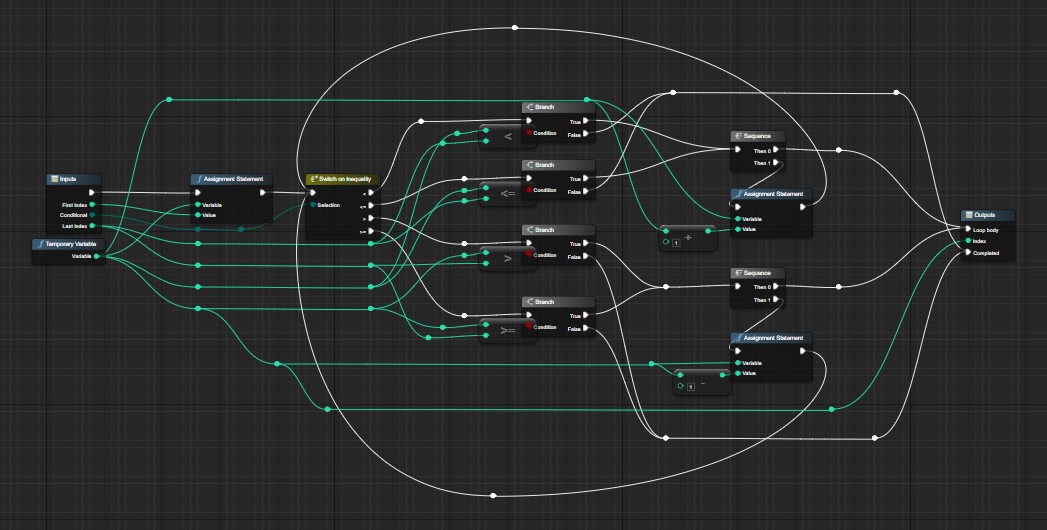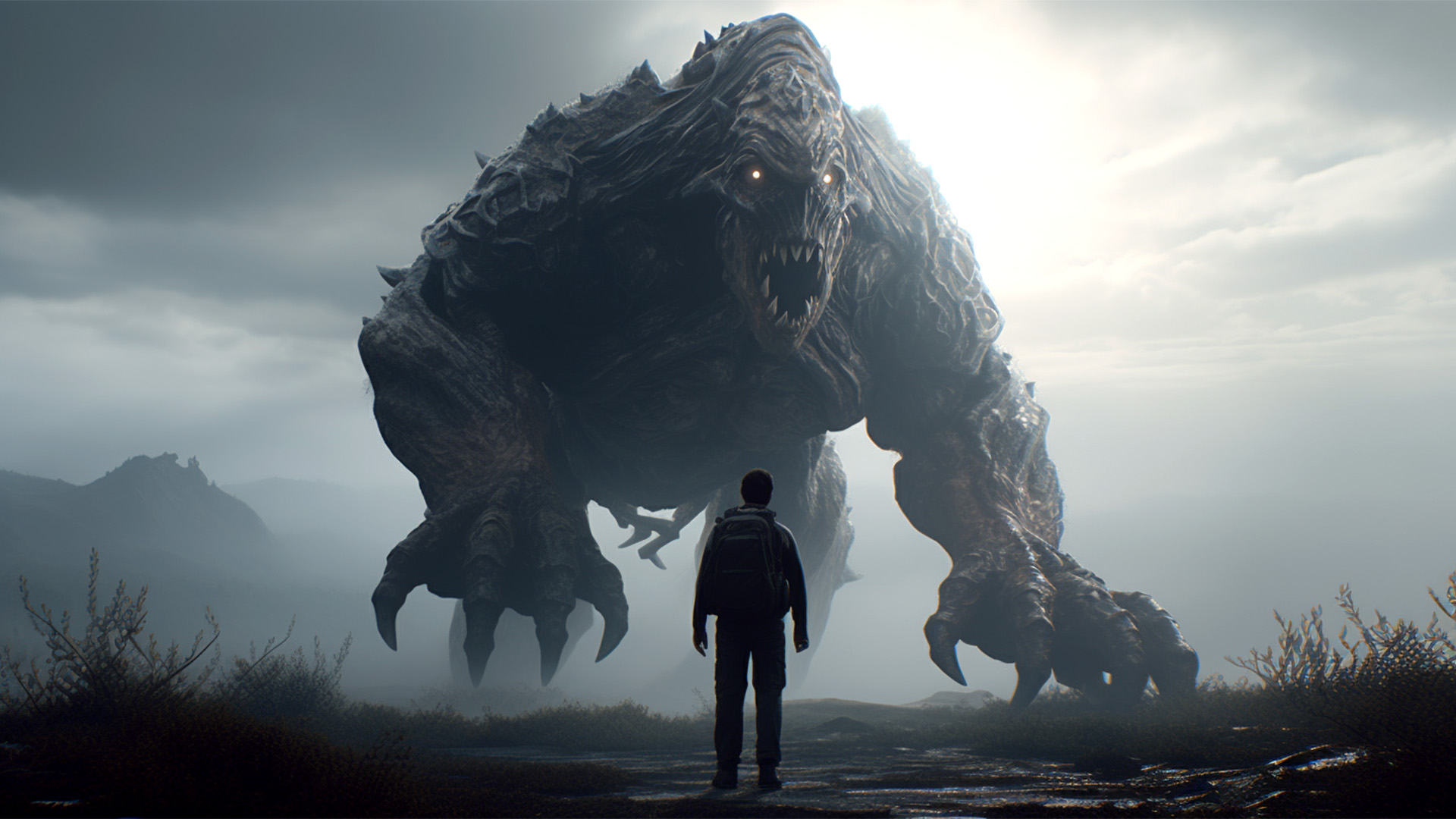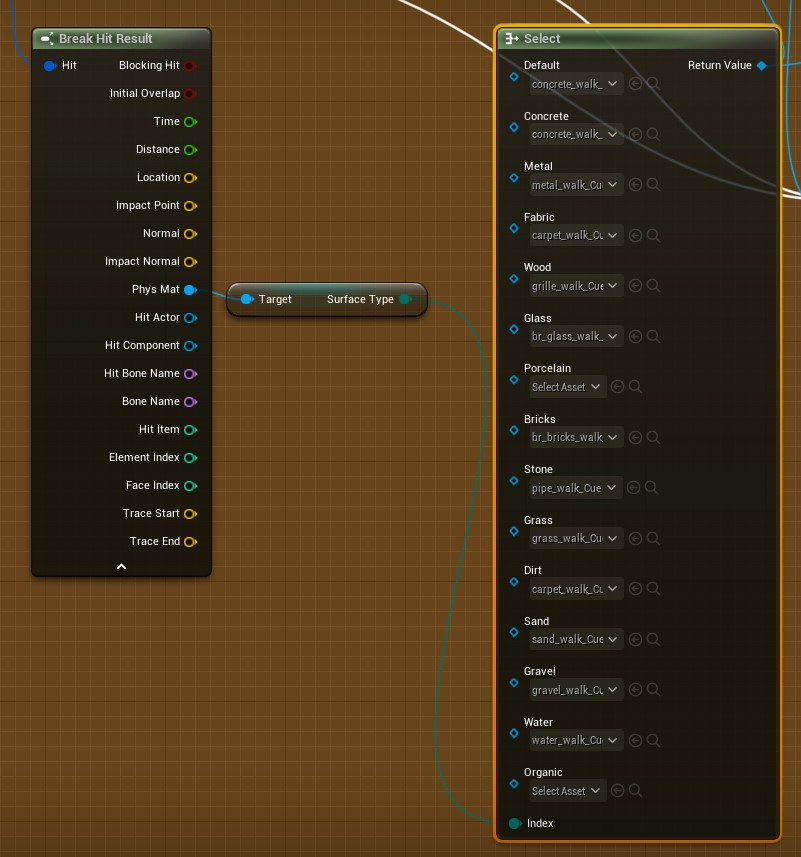In a groundbreaking collaboration, Microsoft and renowned game developer Ninja Theory have pushed the boundaries of game design with their revolutionary generative AI model, Muse. This cutting-edge technology, heralded as a game-changer for video game development, is designed to inspire gameplay ideation through its ability to create complex gameplay sequences and vivid visualizations.
**Microsoft’s Vision: The Rise of Muse**
Muse, developed by the Microsoft Research Game Intelligence and Teachable AI Experiences (Tai X) teams, represents a bold leap into the future of game development. As detailed in a blog post by Katja Hofmann, Senior Principal Research Manager at Microsoft, Muse is described as the first World and Human Action Model (WHAM). This innovative model can generate game visuals and controller actions, making it an indispensable tool for ideating new game concepts.
**Revolutionary Capabilities with WHAM**
What sets Muse apart is its extraordinary capability to produce intricate gameplay sequences that remain cohesive over several minutes. Through a mere prompt of 10 initial frames (equivalent to one second) of human gameplay, Muse can seamlessly continue the sequence, generating a rich gaming experience. This functionality was showcased using Ninja Theory’s 2020 multiplayer game, “Bleeding Edge,” effectively demonstrating the AI’s prowess in replicating the nuanced dynamics of real human gameplay.
**Collaboration with Ninja Theory**
Gavin Costello, technical director at Ninja Theory, lauded the partnership, emphasizing the transformative impact Muse had on their development processes. “From integrating AI into ‘Bleeding Edge’ during a hackathon, to building AI agents that mimic human players, the evolution to WHAM has unlocked possibilities we never thought possible,” Costello noted. The ethical and responsible collection and use of data ensured compliance with industry standards, paving the way for more such collaborative ventures.
**Generative AI: Shaping the Future**
The advent of generative AI in the gaming industry is both exciting and controversial. As game development costs skyrocket, publishers are eager to leverage AI tools to boost efficiency and reduce expenses. The broader industry has already begun to dabble in generative AI, with reports of its use in popular titles like “Call of Duty” and experimental projects by companies such as Capcom and EA.
Asad Qizilbash, head of PlayStation Productions, highlights the importance of AI in creating personalized gaming experiences demanded by Gen Z and Gen Alpha audiences. “Non-player characters could interact with players based on individual actions, providing a more personal experience,” he explained, aligning with Microsoft’s vision for AI-enhanced gaming.
**Meeting Industry Challenges**
Despite the excitement, concerns remain within the development community around job displacement. Microsoft recognizes this apprehension and is committed to ensuring that AI models like Muse complement human creativity rather than replacing it. “We’re exploring how these models can effectively support human creatives,” Hofmann assured. She expressed enthusiasm for the potential research and applications that models like Muse could inspire, setting a new benchmark for AI-enhanced gaming experiences.
As generative AI continues to evolve, the Muse project by Microsoft and Ninja Theory stands at the forefront of this revolution, promising to reshape how games are conceived, created, and experienced.
*Wesley is the UK News Editor for IGN. Find him on Twitter at @wyp100. You can reach Wesley at wesley_yinpoole@ign.com or confidentially at wyp100@proton.me.*









